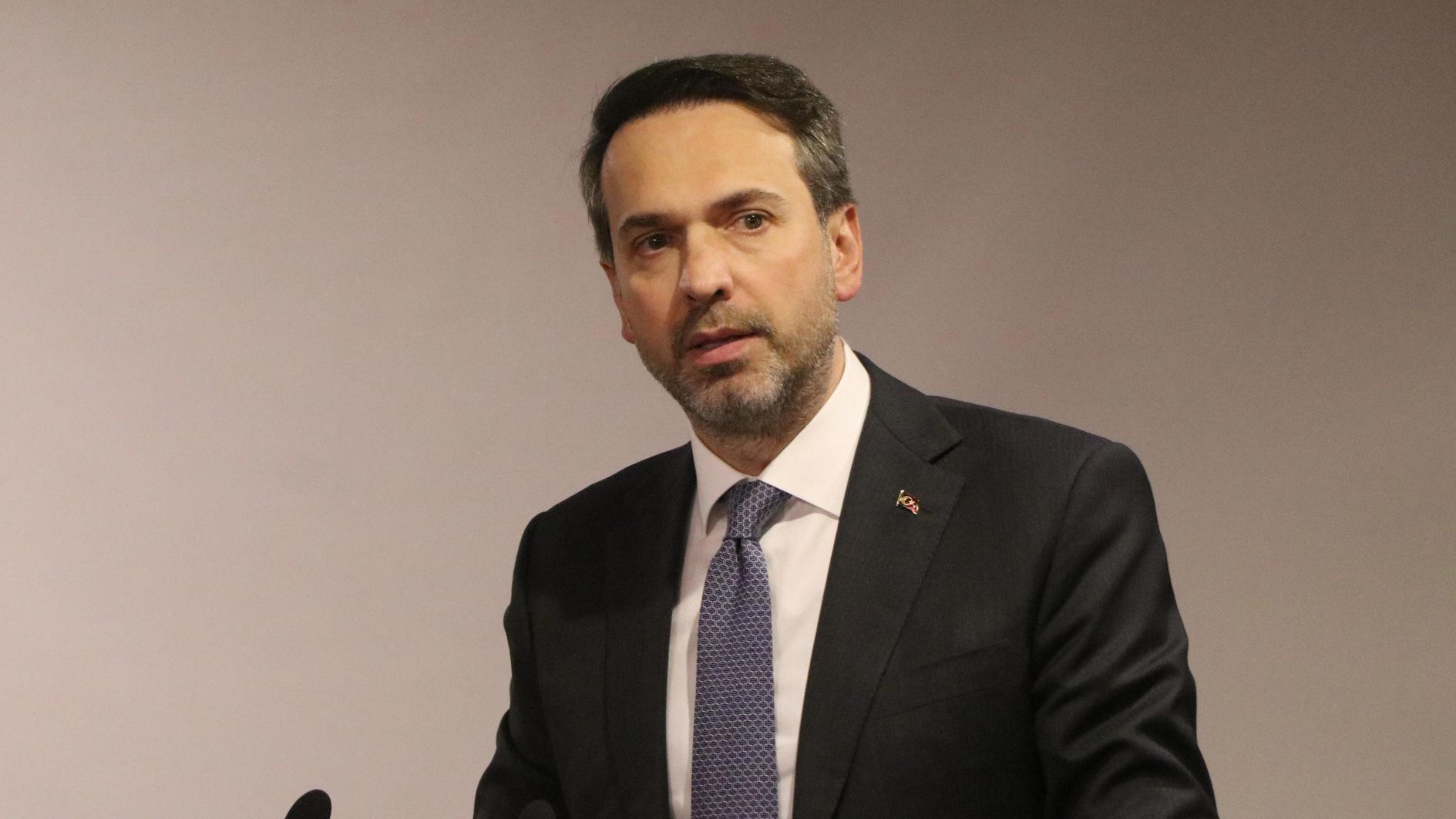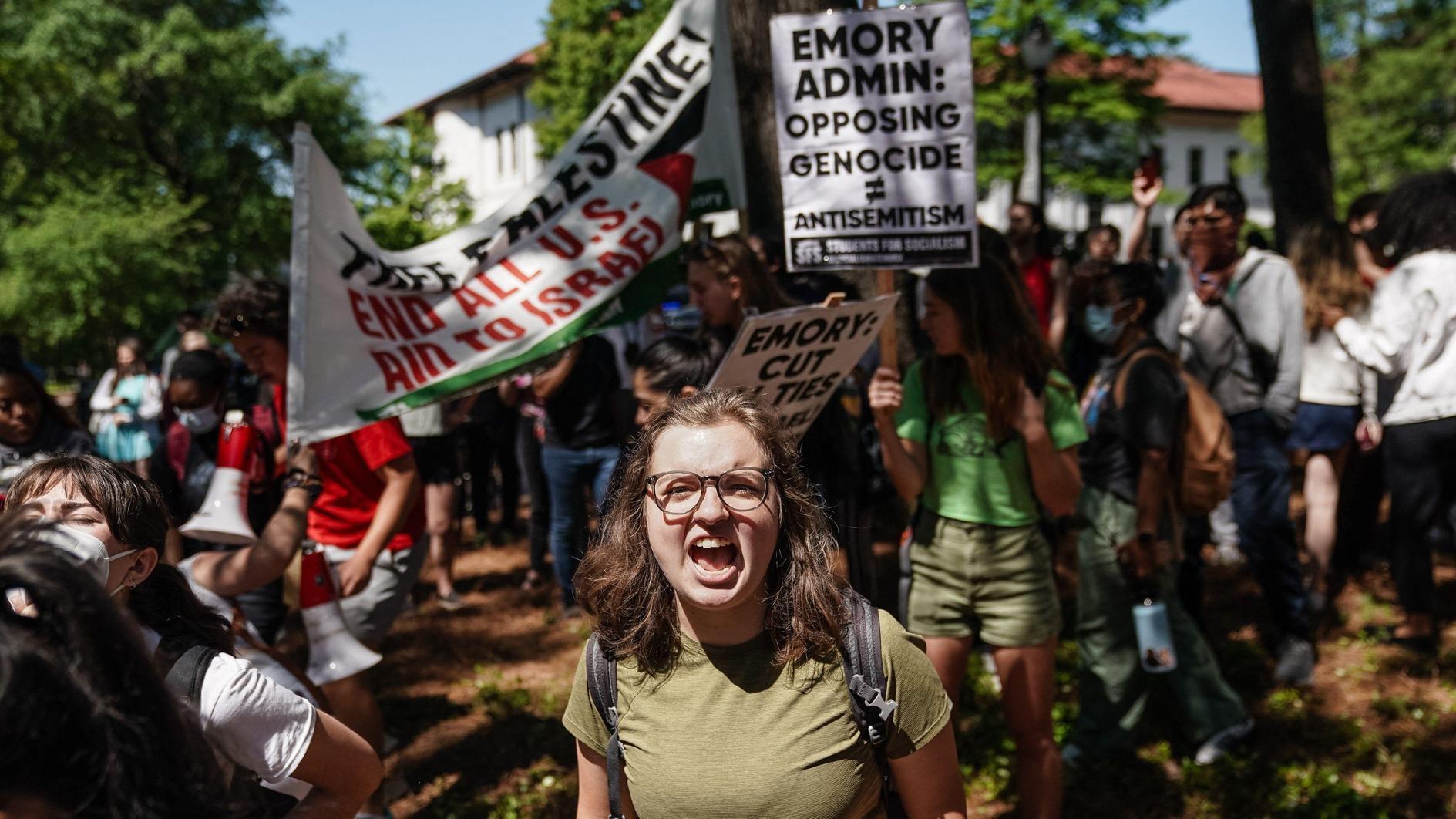Pardon him, he is an Armenian
It is the beginning of the 1990s.
He is a doctor and a sculptor. On his way to holidays, he makes a stopover in Afyon and comes across a huge crowd of people. Their conditions look poor, torn clothes, eyes swollen from crying… “What is wrong?” he asks. They are local farmers conducting a fallen soldier’s funeral.
The man looks at his three-year-old daughter, jumping up and down with joy and then takes a look at the villagers… On one hand, there is his daughter who he wouldn’t even exchange a single strand of her hair for anything, and on the other, there is a father who let go of his son in order for him to fight for his country… He feels ashamed. He thinks to himself, “I need to do something, make these kids immortal.” He prepares a “Şehit Ağacı” (Martyr Tree) project.
He plans on writing the names of the victims of terror on tags and hang those tags on a tree, thus enabling the souls of these heroes to teeter on the trees forever.
He only had the chance to put his plan into action in 2003. He decides to join the contest opened by the State Art and Sculptor Museum. He comes to Istanbul. He then goes to the neighborhood of Tahtakale to get the tags, asking where to find them and everybody points in the direction of an Armenian craftsman.
He finds this little store in the backstreets of the Egyptian Bazaar (Mısır çarşısı), goes in and starts telling him about his plan. The Armenian craftsman listens and he points out one detail the man had not thought about, “The tags should never rust; our children should shine until eternity.”
The tags shouldn’t rust indeed; however, the shiny tags the craftsman mentioned are the most expensive kind; 1 Turkish Lira, 25 kuruş… “This is not trade, don’t bother about the money, this is our duty for our country,” says the Armenian craftsman.
He gives the tags for 25 kuruş, one fifth of the actual price, thus having a loss, rather than making a profit. 3,000 tags… He promises to send them by next week and does as he promises.
However, the sculptor ends up not being able to join the contest due to some errands. He takes the tags to the basement in his house and they remain there until the sculptor achieves his goal in 2009.
At that time, Ankara’s Kızılcahamam municipality was constructing a park under the name “Martyr Fatih Duru.” He applies and the mayor accepts his application immediately. A cedar tree is going to be used. However, there is a problem. Since the 1990s, the number of deaths has reached over 6,000 and the number of tags is 3,000.
He needs to get more tags in time for the park’s opening ceremony and because of this he prefers to arrange things from Ankara; however, the bad news is that he doesn’t have the Armenian craftsman’s contact details. He goes on the Internet and in order to complete the number of tags, he contacts merchandizers who sell military materials. He requests tags that don’t rust and gets guaranteed by the merchandizers that the tags they are selling are the king of all tags. There is limited time… He buys the new tags for 1 Lira, which he had gotten for 25 kuruş from the Armenian craftsman at the time.
He writes down the names of the fallen soldiers, one by one, on the tags and hangs them on the cedar’s leaves… They do the opening ceremony on Republic Day. Our media rushes to the event, Turkey watches with outpouring emotions and then it is forgotten.
Then comes winter time. When the rain hits the cedar’s leaves, 3,000 of the tags shine, while the rest rust!
The sculptor remembers the Armenian craftsman’s words, “This is our duty for our country, our children should shine until eternity.” Crying, the sculptor changes the tags, the tags that were guaranteed to not rust by a Turkish merchandizer.
You need to learn to be a human first.
It is not origins that matters, it is knowing who robbed the whole nation that matters!










